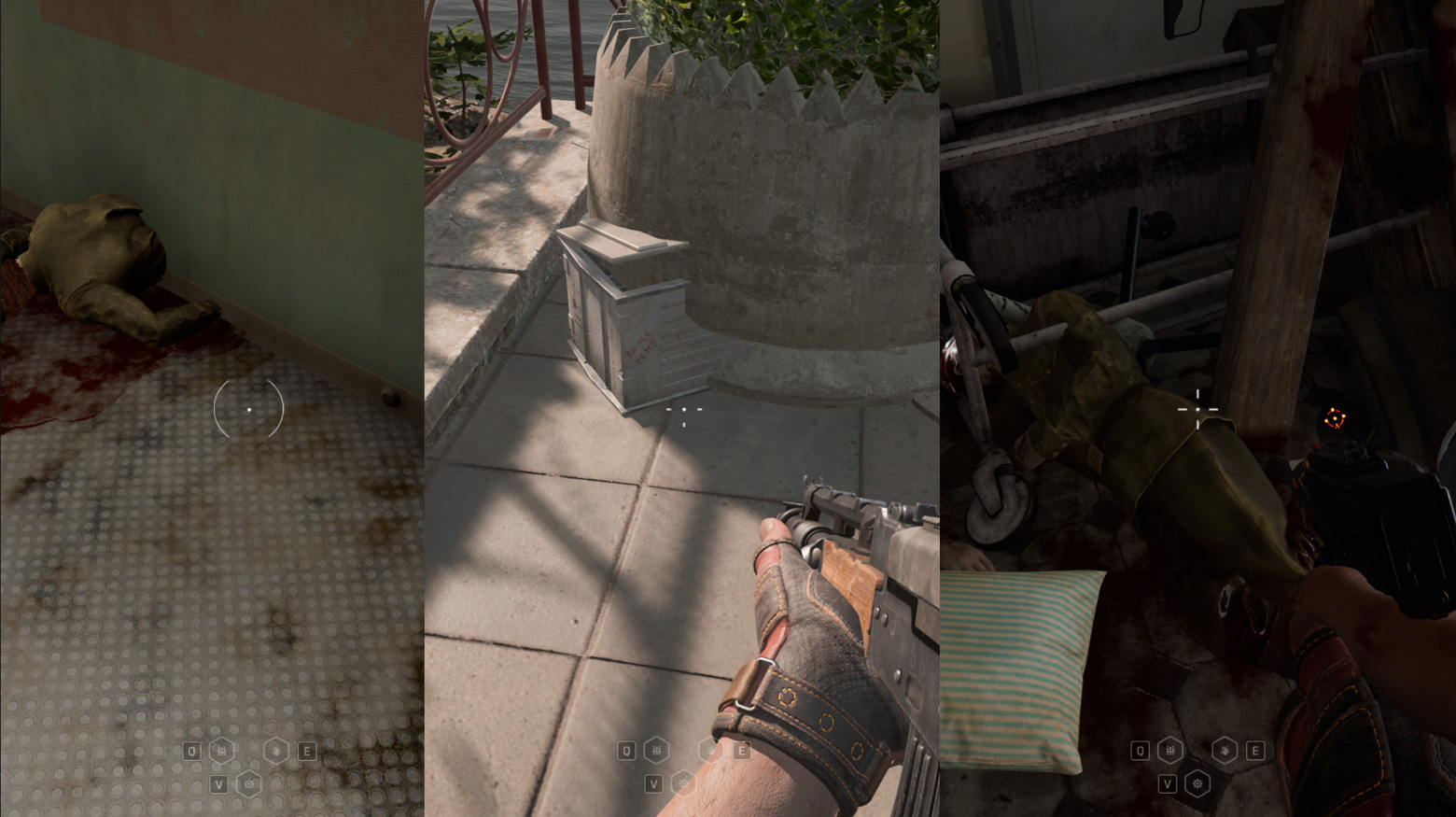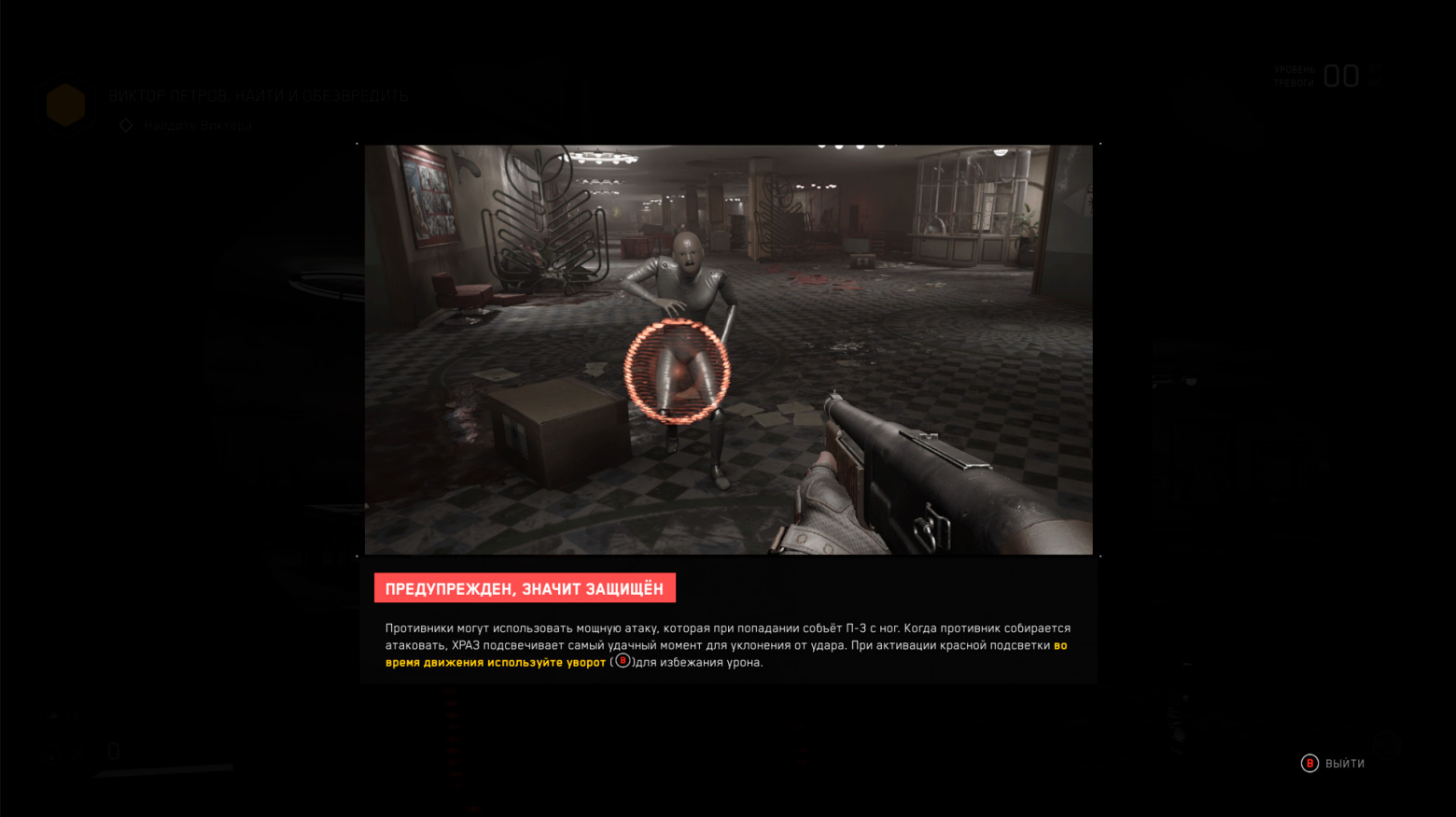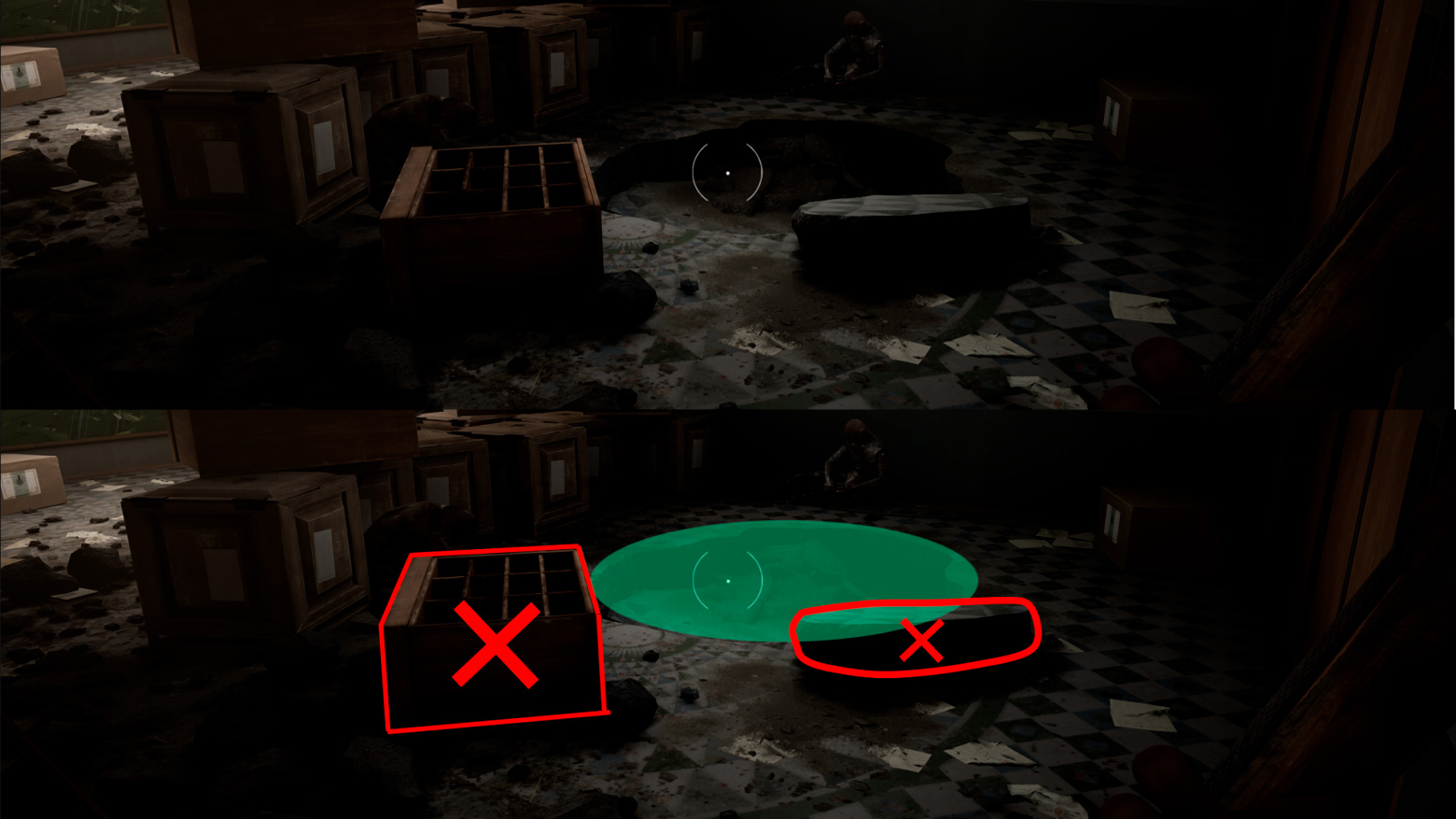Level design. Learning from Atomic Heart

Atomic Heart has become one of those games that I fell in love with for the atmosphere conveyed by the developers. Soviet aesthetics, culture, the whole era are transferred simply flawlessly. Great music that can be heard in almost every location. A large number of propaganda posters, monuments to individuals, for example, Lenin. You can also find Soviet architecture, although 90 percent of the architecture is made in retro-futurism. But during the passage, several mistakes were noticed that the designers could make during their work. Consider everything that has been seen.
Navigation
The illuminated empty spaces were very annoying. The developers seem to be telling us that there is something valuable in these spaces. In fact, the player will at such moments fall into a banal dead end. For example, as soon as a player enters “Vavilov”, the first task for him will be to get a valve. When the player picks it up, almost everyone will notice a lighted space with a leading line up, in which there is nothing (Fig. 1). To fix this – you need to remove the light sources (Fig. 2), and then this space will not attract attention.

Atmospheric Breakers
Atmospheric destroyers are everything that is not true. What surprised in Atomic Heart was the presence of absolutely empty rooms. If empty huts (Fig. 1) or pavilions (Fig. 2) can still be somehow justified by the fact that the designer was in a hurry to finish the work on time and started working dirty, then the presence of an empty large building can greatly surprise the player during the passage (Fig. 3). The building stood out very strongly from the other surroundings and attracted attention. In no case should the player be treated like this, he should always be encouraged for exploration, otherwise he may lose interest in exploring locations. In the first and third cases, such spaces should have pickups, in the second it is not necessary, since it is easy to see from afar and understand if there are any bonuses there.

When passing, a large number of models were found that are included in others (Fig. 1), but you can also find a similar phenomenon with interactive objects (Fig. 2). All interactive should be separated from static models. Sometimes in the game you can also find the presence of non-interactive talking corpses, which are indicated on the contrary, as if there is an interaction with them (Fig. 3). There are two solutions – either not make them interactive, or add real interaction to them. A mandatory fix is separation from other models.

If you walk along the outskirts of open world locations, the player may encounter a very strange landscape (Fig. 1 – Fig. 2). This thing should either be fixed manually, smoothing all the corners, or you could use ready-made models, for example, stones, to hide it from the player’s eyes.

Annoying Hints
I was very annoyed by the constantly flying tips during the battle with enemies. If they appeared before the battle, then there would be less problems. It turns out that when a player wants to hit an enemy, the game tells him what to do, distracting him from the action he is performing. Moreover, the player is prompted by the same minor character during the battle.

AI vulnerability
In some locations, you can find some AI vulnerabilities that the player can easily exploit. These are objects that are similar in metrics to the player, the difference is only in size along the Z axis. These objects make up almost 50% of the player’s height. This allows the enemy to run around such obstacles, which helps the player to eliminate them. Two solutions can be given: either make the obstacle larger so that the enemy cannot simply be destroyed, or it is worth removing them to provide the player with more space to fight.
Volatility Mechanic
Checking for consistency of mechanics is one of the most important things for any level designer. If the game has inconsistency in the mechanics that are presented to the player, then the developers force the player to think not systematically, but with exceptions that he finds for himself. For example, Atomic Heart made a lot of these mistakes. During the beginning of the game it was possible to open all available wooden doors (Fig. 1 – Fig. 2). Having entered the open world, the player will meet a lot of exactly the same seemingly open doors, which actually turn out to be closed (Fig. 3). This makes the player think if this is a secret, if there is an explanation why this door is closed, but the designers do not answer these questions, so the player will subsequently constantly check each such door for interactive. A very simple solution is a visual language that helps us understand from a distance about the presence of an interactive element with a given element. For example, sometimes developers explain the lack of interactivity with the help of additional blocking environment objects (Fig. 4).

The player is taught that red lasers can kill by accepting the cost of error, when they visually show the death of an employee of the enterprise 3826 using this obstacle (Fig. 1). Immediately after this scene, the player gets the opportunity to pass through these obstacles, but with very high damage. Subsequently, in the open world, you can see that these lasers do not perform the same functions as before (Fig. 2). They act as an open world boundary that does no damage and cannot be passed through.

The game uses paint to represent several mechanics at once. This is an indication of the possibility of climbing the same object (Fig. 1) and a place where it will be possible to jump to climb walls (Fig. 2). But you can see how in one of the locations on the floor there is a beam with yellow paint, with which there is no interactive (Fig. 3). Such objects should be removed from the environment, since they point to an interactive that does not exist. Even in the open world, you can find rocks that you can climb (Fig. 4). They use white paint. Those. developers use 2 colors for the same function. In no case should you do this, the best solution would be to choose a different visual language. For example, you can use dirty yellow strokes to mark all places where the player has the ability to climb.

From other comments
In some locations, the player’s movement becomes spasmodic due to some unnecessary located objects that interfere with comfortable movement. For example, in one of the first locations of the complex, some players may not be satisfied with such movement through the debris and inconveniently located environmental objects (Fig. 1). The best solution to this problem can be the banal removal of objects interfering with the movement (red color) and making the movement flat, i.e. the fault must also be removed (green color) (Fig. 2).

When passing the game, you can meet several chests of drawers that are shown to the player as interactive, but in fact they have no interactive (Fig. 1). This problem can be solved very simply. If a chest of drawers doesn’t have any pickups, you can simply make it non-interactive. If the chest of drawers still has pickups, then you can change the degree of inclination of this object (Fig. 2) so that it can be interacted with, as with other similar chests of drawers.

In life, we are used to the fact that any elevator is a closed space. In such lifting machines, doors are used, which, when closed, create complete safety for a person. In Atomic Heart, at the very beginning of the game, you can find a seemingly cool elevator that does not use any safety mechanics for people. When entering the platform, it is necessary to restrict the player, for example, bostwig doors, which were often used during that era.

Total
If level designers would not make such mistakes, then the impression of passing the entire game would be much better. I suppose that the developers were finalizing many locations and the game itself in a flash, which is why they made such a decent amount of the most banal mistakes that are corrected quite quickly. The conclusion is simple: it is worth checking the same location several times so that such problems do not occur.




